WATERVLIET ARSENAL, N.Y. -- "You don't know what you have until it's gone."
In comparing two local community icons - the Watervliet Arsenal and the American Legion - this old adage may have new life while these two icons work hard to maintain theirs.
NBC correspondent and former TV anchor, Tom Brokaw, defined the American way of life during World War II as the "Greatest Generation." In many ways, that period in American history was also the greatest generation for the Watervliet Arsenal and the American Legion.
The Watervliet Arsenal was built during the War of 1812 at what was then the strategic communications crossroads of early America. By 1813, goods and people flowed on and along New York's major lines of communications, the Hudson and Mohawk Rivers. Near where these two rivers meet, the first brick and mortar of the Arsenal was set in place nearly 200 years ago on 12 acres of land that was purchased for $2,585 - about $29,000 in today's dollars.
In the beginning, the Arsenal's mission was to produce ammunition and small articles of equipment for the Army. Most of the work was performed by enlisted men. Civilian workers were typically hired by the day, week, or by the month at a rate of $9 a month. Although women have continuously remained a part of the workforce since 1813, children in the early days of the Arsenal sweated in the workshops, too.
After the War of 1812, the Arsenal struggled through severe financial challenges. During the Arsenal's first postwar years, funds for maintenance were not appropriated by Congress and there was talk of closing the Arsenal.
But the Arsenal survived, as it would after every major military conflict, by visionary leaders and a professional workforce who sought ways to leverage the Arsenal's capabilities for other missions.
Today, the Army calls this process, "transformation." The workforce has called it "survival."
A major part of the Arsenal's transformation has been its use of technology to improve manufacturing processes. From the Erie Canal to nanotechnology, the Arsenal has historically used the latest in technology to either improve the efficiency of its operations or the quality of its products.
Nearly 70 years after the Arsenal produced its first product, it was finally thrust into national prominence when in the late 1880s the Arsenal became a large caliber cannon manufacturer. During this period, production moved from the manufacturing of saddles and gun carriages to cannons. Remnants of this period are still in operation today as evidenced by the continued use of historic Building 110, "The Big Gun Shop." This gun shop once produced the 16-inch guns for the U.S. Navy's battleships.
Armed with the latest in machines and a new mission, the Arsenal workforce grew to 634 in 1898. And by World War I, the Arsenal workforce climbed to nearly 1,000. Immediately following the end of World War I, the Arsenal hosted a May Day event that was attended by more than 20,000 from the local community.
The Arsenal personnel numbers peaked near 9,300 during World War II, as this workforce manufactured more than 23,000 cannons from the day of the attack on Pearl Harbor to June 1944.
After nine reductions in force in a 10-year period beginning in 1991, the Arsenal workforce fell to about 500 in 2002. The workforce today numbers more than 630. These 600 or so folks are credited with the manufacturing of more than 1,100 tank, howitzers, and mortar tubes in 2009, and the modification of another 603 tank barrels. The 630 number does not include the more than 250 workers at the U.S. Army's BenAfAt Laboratories that is located on the Arsenal.
John Hockenbury, Director of the Arsenal's Operations Directorate, explained that the precipitous fall in production and personnel numbers in the 1990s was primarily due to the end of the Cold War.
"During the Cold War, the Soviet Army was the threat and many believed that if conflict came it would be tank on tank," Hockenbury said. "We produced thousands of tank barrels for a fight with the Soviets that never occurred, but were required for the Gulf War in the early 1990s."
Nevertheless, success on the battlefield does not necessarily mean more of the same when it comes to the military environment. In the 10 years after the Gulf War ended in 1991, the U.S. Army downsized from approximately 780,000 to less than 500,000 Soldiers.
According to Hockenbury, the Arsenal had to take dramatic action to remain competitive in a smaller defense market, while at the same time private defense contractors were better integrating capability and capacity into defense acquisition programs.
"If we didn't take quick and decisive action to improve our efficiency, we may have been out of business 10 years ago," Hockenbury said. "For example, the Arsenal has freed up more than 250,000 square feet of underutilized floor space since 2001 for civilian tenants."
Today, the Arsenal has 31 military and civilian tenant organizations that help lower the overhead costs of running the Arsenal. With overhead costs spread out among each of its tenants, the Arsenal is better able to pass on any savings to its customers in the way of lower product costs.
The Arsenal has also invested more than $55 million in the last four years to modernize its manufacturing by purchasing new machinery that has added significant capability within the same footprint, Hockenbury added.
But are these improvements enough to solidify the Arsenal's future'
About the same time as the Arsenal's May Day event in 1919, a small group of U.S. military officers met in Paris for what became the first American Legion Caucus.
Since 1919, the Legion has helped to create the forerunner of today's Veterans Administration, as well as having established a Nationally-recognized Legion Baseball program and a Boys State program for American youth. Boys State seeks to bring together the Nation's brightest and most promising youth to better learn about American government.
Considered by many to be the greatest legislative effort by the Legion, however, was the organization's push for and subsequent signing by President Franklin D. Roosevelt of the Nation's GI Bill. This single act has allowed millions of Veterans to attend higher education, buy homes, and to find jobs.
Just like the Arsenal, the Legion had its heyday during and immediately following World War II. Fresh from the battlefields in North Africa, France, and the Philippines, the Legion membership quickly grew to more than 3.3 million in 1946.
But within years, the membership declined and would never recover to the lofty levels of 1946. This decline was not because there were fewer Veterans, but some say it may be due to World War II Veterans' restrictive membership policies that excluded hundreds of thousands potential members.
According to Ed Lupian, American Legion Commander for Rensselaer County, N.Y., by the 1960s, World War II Veterans held the majority of leadership positions in the Legion, from local posts to the national headquarters.
"The American Legion would not initially allow Veterans of the Vietnam War to join. According to the Legion bylaws at that time, those Veterans were in a conflict and not a war," Lupian said.
As the World War II Veterans began to age, Legion leadership realized that in order for the organization to survive they had to expand the pool of eligible Veterans, Lupian added. The Legion pushed Congress to declare military actions in Vietnam as a war and in 1966, the Legion finally was authorized to extend membership to Vietnam War Veterans.
But the damage may have been done. Because the Legion had initially prohibited hundreds of thousands of Vietnam-era Veterans from joining, many of those Veterans felt that they had been neglected by the Legion and therefore, did not join in significant numbers, Lupian said.
Today, the Legion's membership numbers around 2.6 million. In Rensselaer County, the numbers of Legionnaires have declined from a little more than 2,000 in 2002 to about 1,400 today, a 30 percent drop in membership.
The aging of the Legion and the Arsenal is also cause for concern. Today's Legion members are primarily in their 60s and 70s. The Arsenal workforce has an average age of 48 and nearly 50 percent will be eligible to retire in the next five years.
"If the Legion does not get new and younger Veterans to join, I believe the American Legion will not be in existence in Rensselaer County in 10 to 20 years," Lupian said. "This is a shame because today's Veterans will lose a powerful voice in Congress."
Even with their fall from the Greatest Generation era, the Arsenal continues to be the nation's leading manufacturer of large caliber weapons, while the Legion continues to be the nation's leading voice for Veterans' causes.
But the term, "leading," may be misleading.
Often times, when an organization believes they are tagged with a title such as "leading" within their industry, an air of complacency may set in. Neither the Legion nor the Arsenal can well afford that mindset.
For the Legion, they are desperately concerned about numbers - membership numbers.
For the Arsenal, they are rightfully concerned about numbers, too, but in the way of volume - the amount of products that can be produced.
Despite the two different measurements for success, both organizations may now take similar roads toward regaining their glory.
Lupian said the key to the Legion's success is to energize all Legionnaires to reconnect with the community to better tell the Legion story.
Hockenbury said he believes the Arsenal workforce needs to tell a more compelling story to defense program managers, contractors, and to the community as to why it is important to maintain the Arsenal.
It may be incomprehensible for some to think about how the loss of the Legion or the Arsenal might effect the Capital District in the way of lost jobs, scholarships, and civic pride. But outside the aging Legion posts and the historic Arsenal fence line, how many people care'
The community quite simply may not know what it has until it's gone.
So, if Legionnaires and the Arsenal workforce don't tell their story, who will'
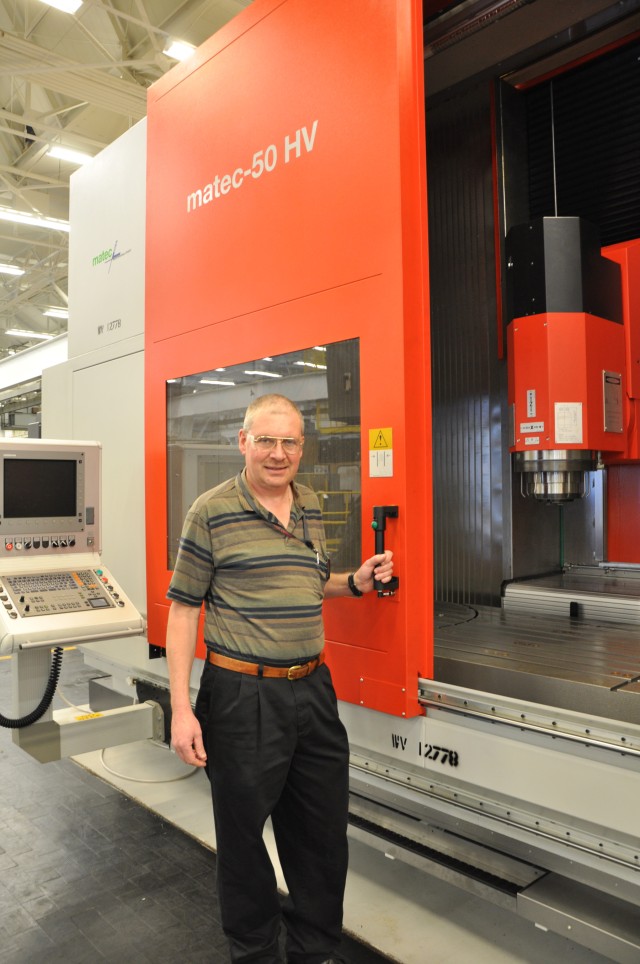
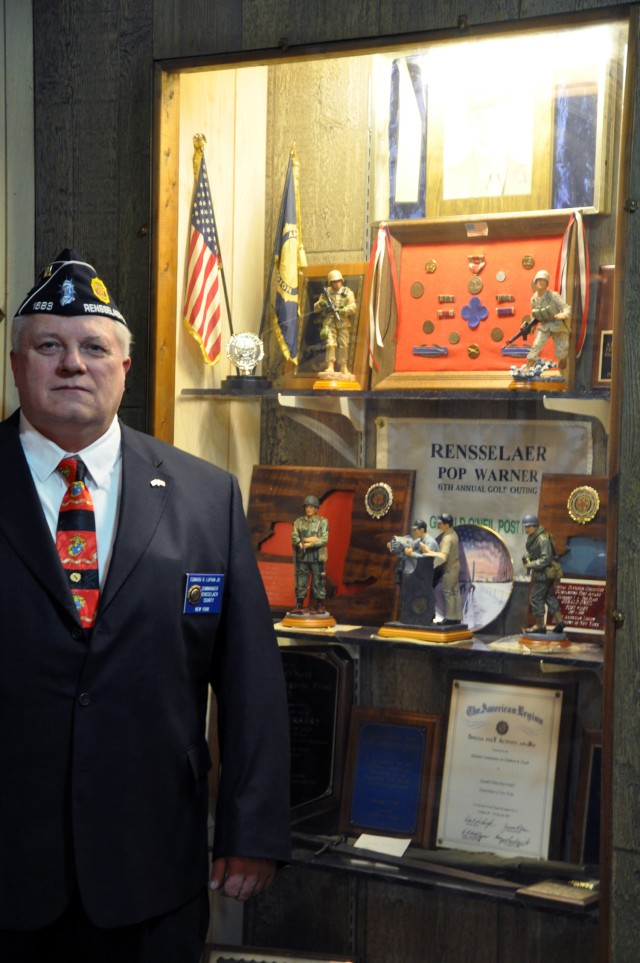
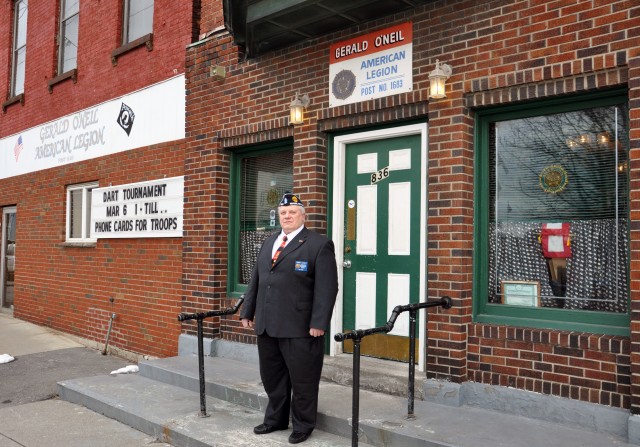
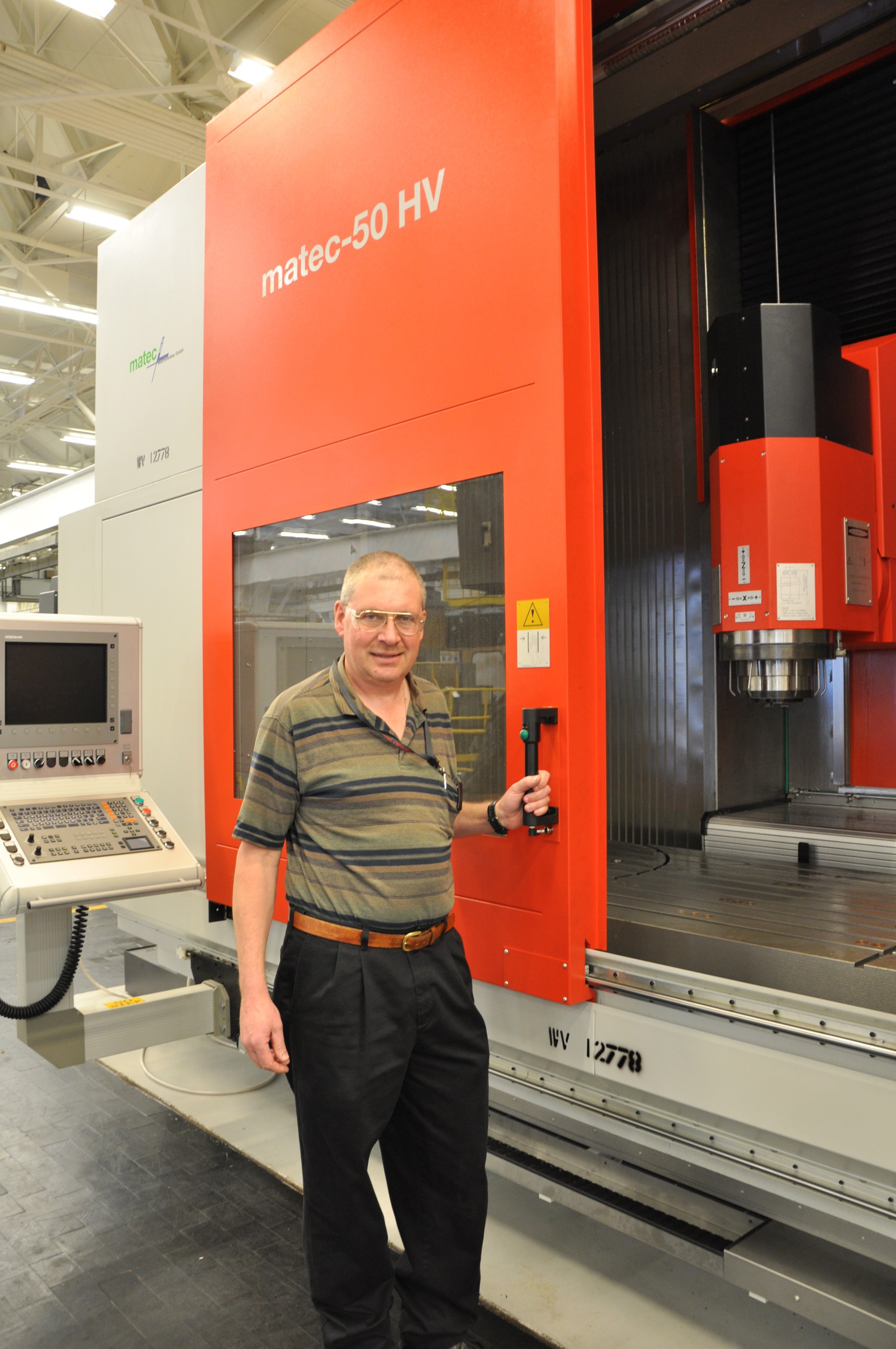
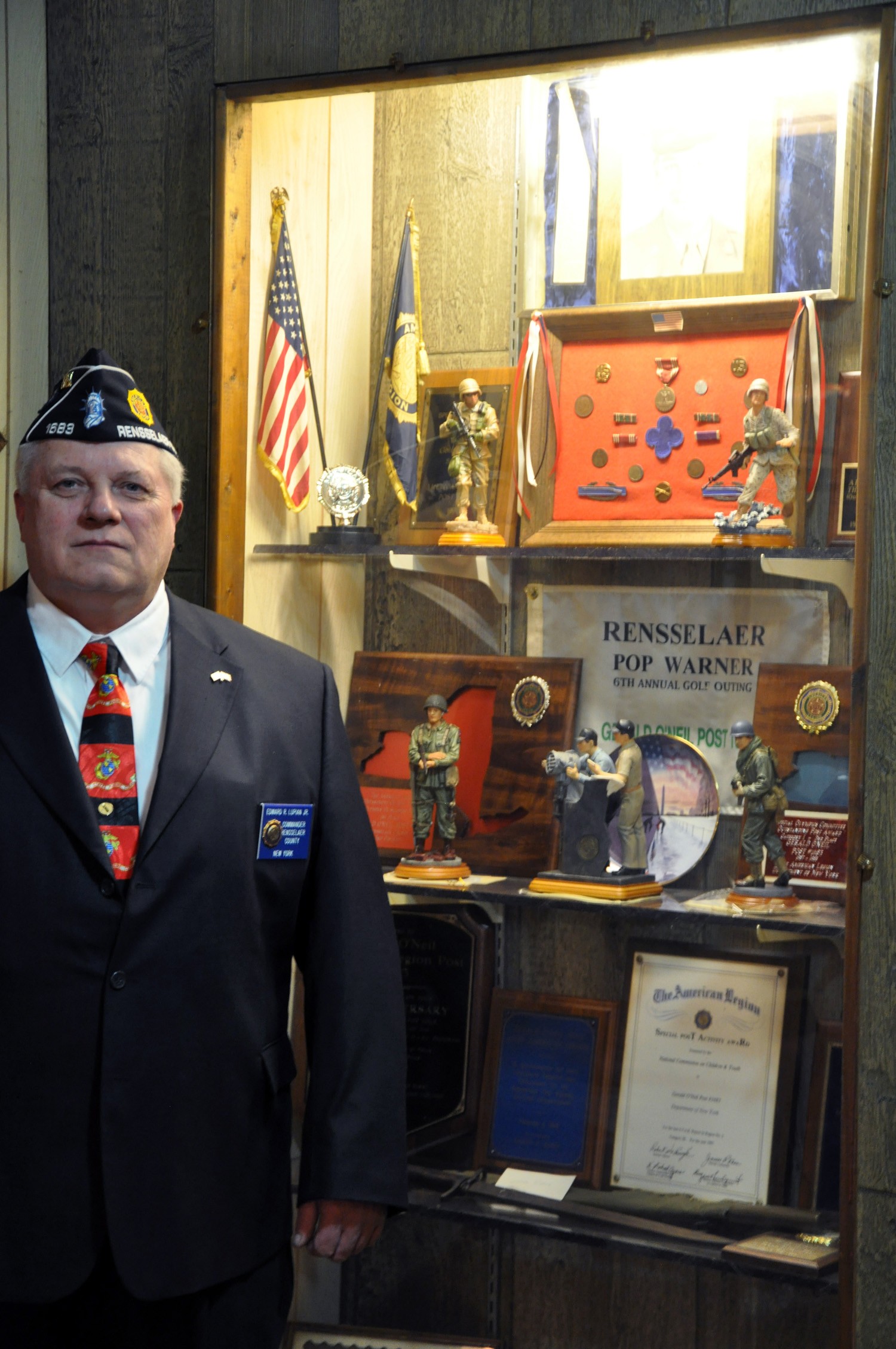
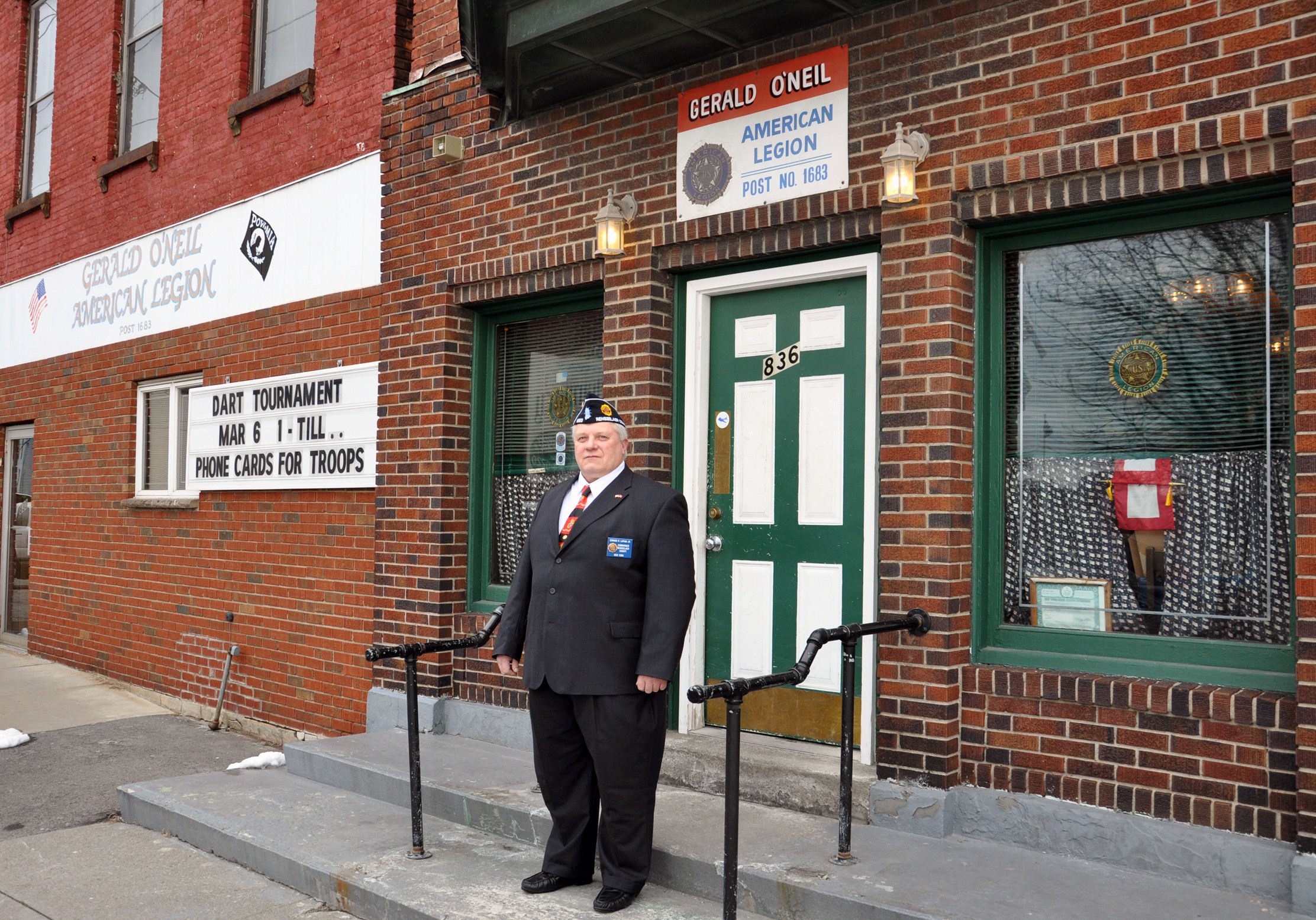
Social Sharing